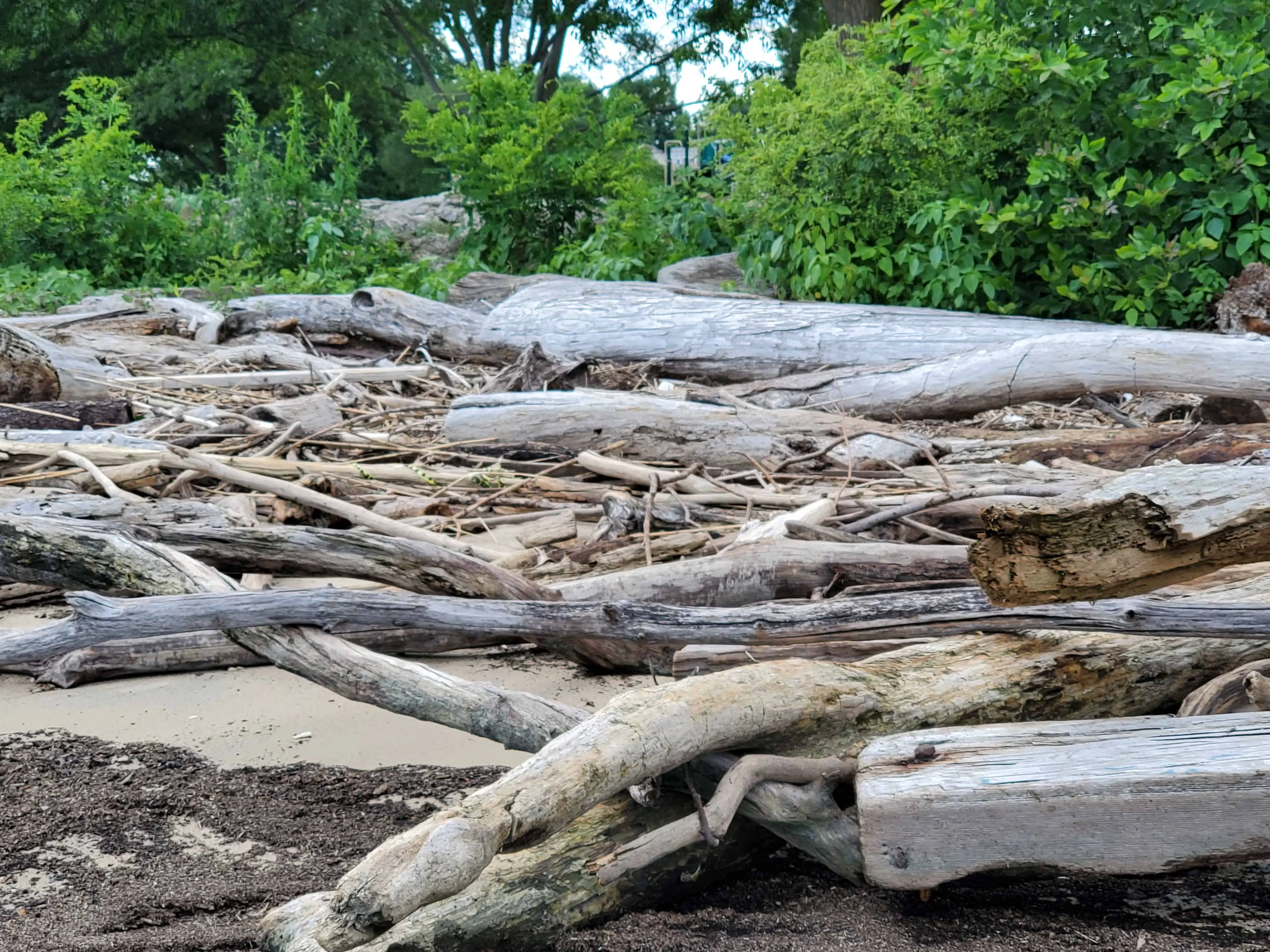Does driftwood rot?
Driftwood is not immune to rot, As with any kind of organic material. Generally, this process is quite slow, but there are some specific things that need to be considered.
First of all – rotting is a natural process, in which bacteria and fungi break down organic compounds, leaving behind inorganic material and cellulose, which in the long run will be more stable. In the context of wood and driftwood, these microorganisms break down carbohydrates and ligning.
As driftwood spends a sizeable amount of time in the water, the microorganisms will remove most of the organic material, while leaving a stable leftover piece. It should also be noted that different types of wood vary in rotting speed – hardwood rots slower than softwood. Temperature, the salt content of the water, and other factors also play into this. Commercially available driftwood is usually made from tropical woods like Malaysian wood and Mopani wood which are very dense and resistant to rotting.
The process of rotting requires two things – humidity and air. So, if you’re using driftwood for any projects out of the water it needs to be thoroughly dried to prevent rot. If you’re using it for aquariums, decay is inevitable, but with proper materials and care a slow process.
Why does my driftwood smell? Is it rotten?

If your driftwood has a woody, earthen smell, almost like dirt, there is nothing to worry about. This is the natural aroma of driftwood imparted by tannins, which are organic compounds. It is possible to eliminate these tannins by soaking the wood in regular water for one to two weeks, changing the water every two to three days until it runs clear. This should mostly eliminate the smell.
If your wood smells like rotten eggs, there is a bigger problem at hand. The smell associated with rotten eggs stems from bacterial decay and the release of sulphuric compounds. This will only happen when your driftwood is submerged in water, like in the case of an aquarium. To some extent, this is considered a normal occurrence in new pieces of driftwood used in aquariums, as their surface is covered in excess nutrients and will form a white film on the surface. With time this will subside, but it is recommended to either boil or bleach the wood and then submerging in it water to see if the smell continues.
Is rotten driftwood dangerous?
If using driftwood in dry conditions, the rot will be minimal and not dangerous to you. Inspect it for any soft spots or pieces and remove with proper tools. You can also boil, bleach, or use varnish to preserve the wood.
If you are planning to use driftwood in an aquarium – rot can cause a lot of issues. But not to you, rather your fish. Decaying pieces of driftwood can mess with the pH and mineral levels of your fish tank water, and the release of gasses can potentially be harmful to your fish, even fatal. If you notice a white film forming on your driftwood, it is best to remove it from the tank and either boil or bleach it to remove the microorganisms from its surface.
So, in summary – rot is an inevitable process that affects driftwood as well, albeit slower than other kinds of wood. Rotting is minimal on well-dried pieces of wood that are used in dry environments, without being exposed to water. Inspect the driftwood for any soft spots and remove accordingly. Rotting will happen faster if the driftwood is submerged in water, like a fish tank. It is recommended to boil or bleach driftwood for fish tanks. Also be sure to keep an eye on your tank, as rot may potentially harm your fish.


